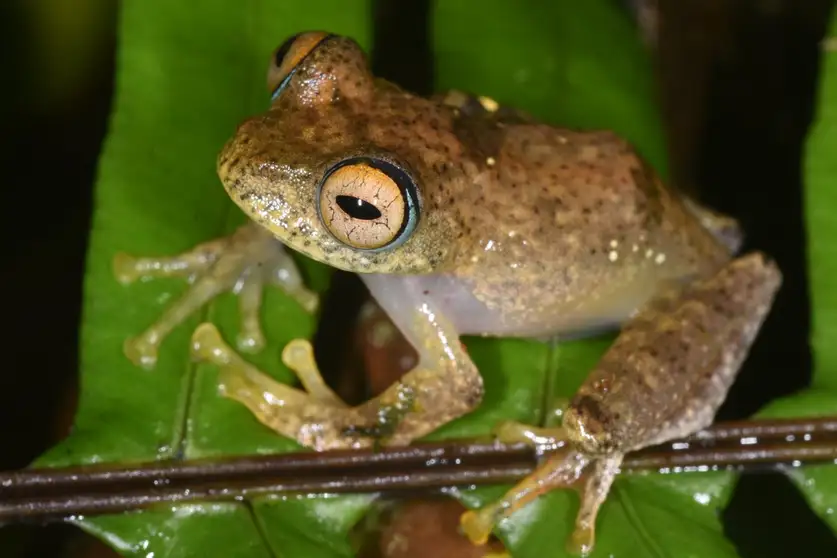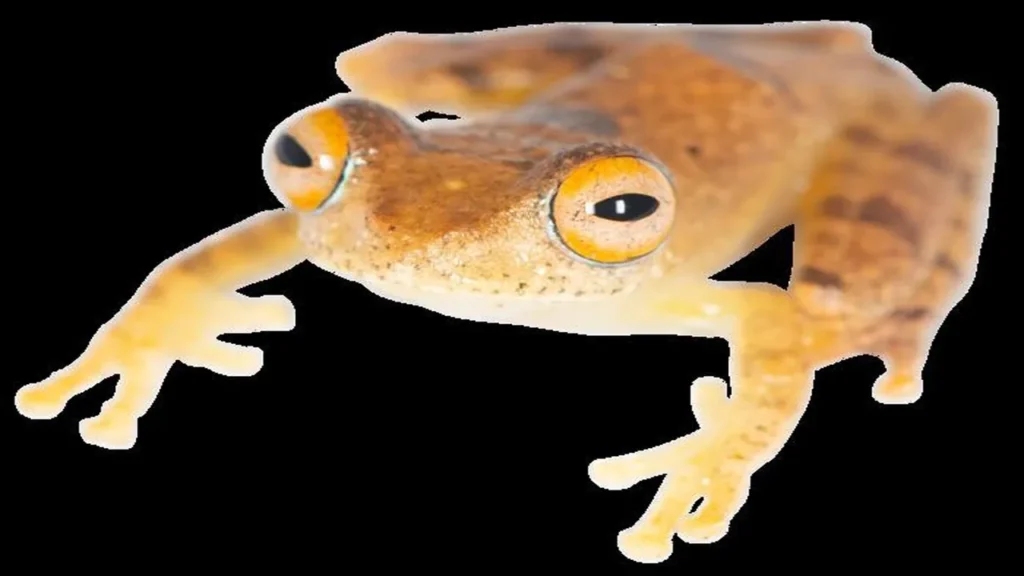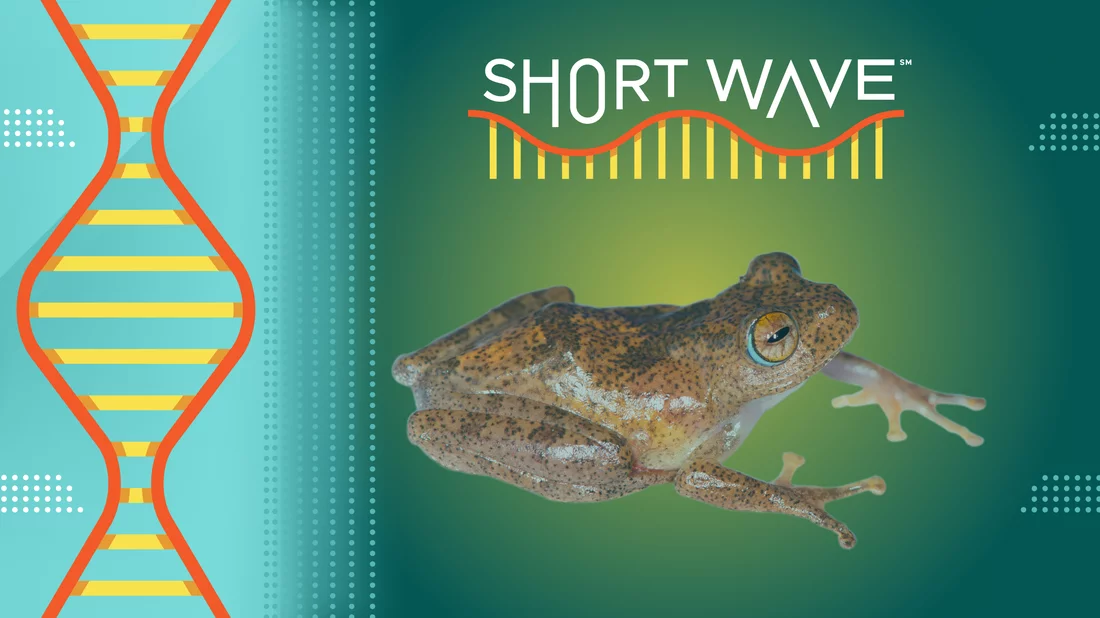In the deep rainforests of Madagascar, a discovery has Star Trek fans and scientists alike buzzing: seven new species of web-footed frogs. But the connection? These frogs are named after iconic characters from the “Star Trek” universe! No, the frogs don’t wear Starfleet uniforms or engage in intergalactic diplomacy, but their discovery is fascinating for an entirely different reason. Here’s why:
A New Species, But With a Familiar Sound
You’d think discovering new frog species would involve vibrant colors or strange features. Instead, these seven frogs look almost identical to one another, at least to the naked eye. The real difference? Their mating calls. The males of these species produce unique sounds, and here’s where it gets interesting. The calls reminded scientists of none other than the bleeps, bloops, and warbles familiar to Trekkies.
Tesla driver shares their first electricity bill in 12 months and people are left shocked by the fee
Why the “Star Trek” Connection?
Madagascar’s frogs may not have warp drives, but their calls apparently sounded enough like futuristic sound effects from “Star Trek” that the researchers couldn’t help but make the comparison. You might imagine these calls echoing through the rainforest, strange and otherworldly. In fact, the parallels between the frogs’ vocalizations and the sounds aboard the Starship Enterprise led scientists to give these frogs names from the “Star Trek” cast. The new frogs were honored with names such as Spock, Kirk, McCoy, Uhura, and other legendary figures from the show.

The Science Behind the Naming
This isn’t just some fan-fiction stunt. There’s a solid scientific basis for the choice. According to researchers, the frogs’ mating calls are one of the primary ways to tell these species apart. With almost no visual difference between the frogs, these vocalizations play a key role in distinguishing one from another. The calls vary in frequency, duration, and rhythm — much like how different starship noises add to the atmosphere of the TV show. The frogs’ calls and the method used to identify them are reminiscent of a Tricorder scan, adding even more to the Star Trek analogy.
How Scientists Make These Discoveries
The rainforests of Madagascar are a hotbed for biodiversity. These frogs belong to the Mantidactylus genus, which is known for webbed feet — perfect for navigating the swampy landscapes. But why are they so hard to distinguish visually? In short, it’s evolution. Over time, different species can develop in such subtle ways that outward appearances remain almost identical. But when you look deeper, particularly at things like behavior or, in this case, sound, you start to find key differences.
This is where field researchers play detective. Using specialized audio equipment, scientists record the mating calls of male frogs and analyze their patterns. Each frog has a signature “song,” much like a radio signal broadcasting on a specific frequency. By comparing the calls, they can identify which frogs are part of the same species and which aren’t. And so, the researchers discovered these seven new species, hiding in plain sight, waiting for their unique songs to be noticed.
What Does This Mean for Madagascar’s Ecosystem?
Beyond the “Star Trek” fandom fun, the discovery of these new species highlights how much we still have to learn about Madagascar’s rich ecosystem. This island nation is home to many species that can’t be found anywhere else in the world, and each new discovery reinforces the importance of conservation efforts. Scientists continue to uncover new creatures that help us understand evolutionary patterns, environmental needs, and the impacts of climate change.
Given the pressures on natural habitats from deforestation and human encroachment, discoveries like these remind us how fragile and vital these ecosystems are. Naming the frogs after beloved pop culture icons also brings attention to their plight — helping bridge the gap between science and the general public in an accessible, engaging way.
A Nod to Pop Culture That Encourages Conservation
While the discovery is undoubtedly scientific, the nod to “Star Trek” is a smart move to bring the public’s attention to these species. It’s not every day that newly discovered frogs get such cool, relatable names. This strategy might help make conservation efforts feel more personal and fun. After all, who wouldn’t want to help save Spock the Frog or Captain Kirk the amphibian?
But it’s also a reminder that we still have so much to learn about the natural world. Every new species is a clue to the bigger puzzle of biodiversity. As scientists continue their work in Madagascar and elsewhere, they hope that discoveries like these will inspire people to take a closer look at the natural world — and take action to protect it.

What’s Next for These Little Starfleet Frogs?
Scientists will continue to monitor the populations of these newly discovered species, working to learn more about their behavior, habitat, and any potential threats they face. The hope is that by studying them in more detail, conservationists can create strategies to protect not only these frogs but the broader biodiversity of Madagascar. After all, with climate change and habitat destruction, species like these are at risk of disappearing before we even know they exist.
Engage With the Fascinating World of Madagascar’s Frogs
If this discovery has piqued your interest, why not learn more about Madagascar’s wildlife? There’s always something new to explore, from frogs to lemurs. Maybe you’ll even get inspired to support conservation efforts or visit the island to experience its natural wonders firsthand. Because whether you’re a science buff or a “Star Trek” fan, one thing is clear: the universe (and our planet) is full of surprises.
Ready to take action? Learn more about conservation efforts in Madagascar, or consider donating to a wildlife organization that works to protect endangered species around the globe. These frogs — and countless other creatures — are depending on us!

